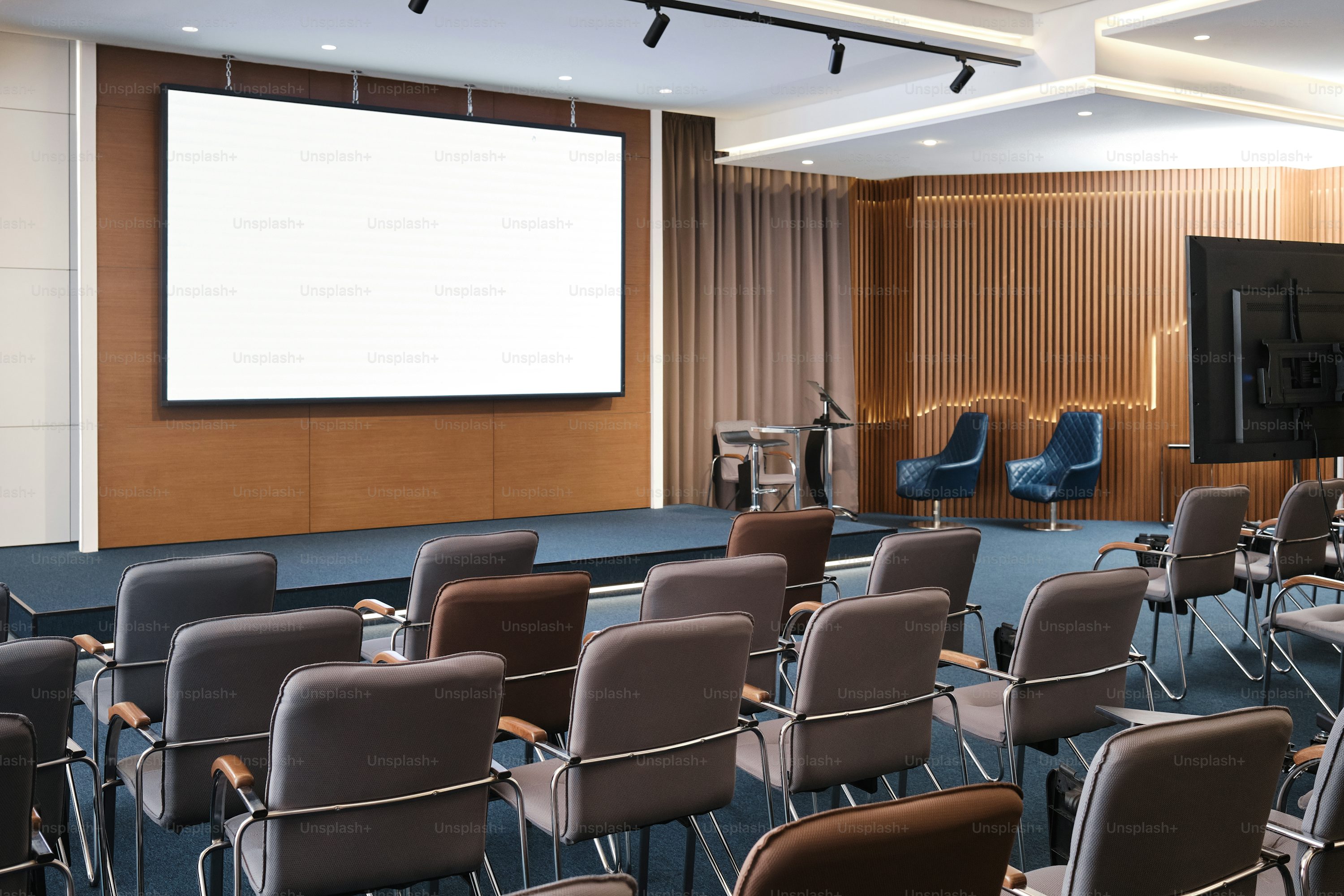IMPORTANT DATES
-
Abstract Submission opens:
May 20, 2025
-
Abstract Submission Deadline:
November 08, 2025
-
Standard Registration opens:
May 20, 2025
-
Standard Registration Deadline:
November 18, 2025
General Surgery is a medical specialty that focuses on the surgical treatment of diseases affecting various parts of the body. General surgeons are trained to perform operations involving the abdomen, digestive tract, endocrine system, breast, skin, and soft tissues. They are also skilled in managing trauma and emergency surgical conditions. While they handle a wide range of procedures, general surgeons often specialize further in areas like laparoscopic (minimally invasive) surgery or colorectal surgery. Their work involves both preoperative and postoperative patient care, making them vital to overall healthcare.
Session 2:
Cardiothoracic Surgery
Cardiothoracic Surgery is a specialized field of surgery that focuses on the heart, lungs, esophagus, and other organs within the chest. Cardiothoracic surgeons perform complex procedures such as coronary artery bypass grafting (CABG), heart valve repair or replacement, and lung resections for cancer. They also manage congenital heart defects and conditions like thoracic aneurysms. This field requires advanced training and is known for its technical complexity and high level of precision.
Orthopedic surgery is a medical specialty focused on diagnosing,
treating, and repairing conditions related to the musculoskeletal system, which
includes bones, joints, ligaments, tendons, and muscles. Common procedures
involve repairing fractures, replacing joints (like hip or knee replacements),
correcting spinal issues, and treating sports injuries. Orthopedic surgeons may
use both surgical and non-surgical methods, depending on the condition. The
goal is to restore function, reduce pain, and improve quality of life.
Session 4:
Plastic and Reconstructive Surgery
Plastic and reconstructive surgery is a medical specialty focused on
restoring, improving, or reshaping the body’s appearance and function. It
includes two main areas: reconstructive surgery, which repairs defects from
injuries, surgeries (like mastectomies), or congenital conditions (like cleft
lip), and cosmetic surgery, which enhances appearance (such as facelifts or
rhinoplasty). The aim is to restore normal function and appearance or improve
self-confidence through aesthetic enhancement.
Vascular surgery is a medical specialty focused on the diagnosis and
treatment of disorders affecting the blood vessels—arteries, veins, and
lymphatic circulation—excluding those of the heart and brain. It includes both
open surgery and minimally invasive procedures (like angioplasty or stenting)
to treat conditions such as aneurysms, peripheral artery disease, and varicose
veins. The goal is to restore proper blood flow and prevent complications like
stroke, tissue damage, or limb loss.
Urologic surgery is a medical specialty that focuses on the surgical
treatment of disorders of the urinary tract in men and women, as well as the
male reproductive system. Common conditions treated include kidney stones,
bladder issues, urinary incontinence, prostate problems, and cancers of the
kidney, bladder, or prostate. Urologic surgeons use both traditional and
minimally invasive techniques, including robotic surgery, to restore normal
urinary function and improve quality of life.
Session 7:
Gynecologic Surgery
Gynecologic surgery is a medical specialty focused on the surgical
treatment of conditions affecting the female reproductive system, including the
uterus, ovaries, fallopian tubes, cervix, and vagina. Common procedures include
hysterectomy, removal of ovarian cysts, treatment of endometriosis, and
surgeries for fibroids or cancers. These surgeries can be done using open,
laparoscopic, or robotic techniques, aiming to relieve symptoms, treat disease,
and improve reproductive health and overall well-being.
Session 8:
Minimally Invasive Surgery
Minimally invasive surgery (MIS) is a type of surgical technique that
uses small incisions, specialized instruments, and often a camera (laparoscope
or endoscope) to perform procedures with less damage to the body than
traditional open surgery. It is commonly used in areas like the abdomen, chest,
joints, and reproductive organs. Benefits of MIS include less pain, reduced
scarring, shorter hospital stays, and faster recovery times, making it a
preferred option for many patients and surgeons.
Transplant surgery is a medical specialty focused on replacing a
diseased or failing organ with a healthy one from a donor. Common types of
transplants include kidney, liver, heart, lung, and pancreas. The goal is to
restore normal function and improve or save a patient's life. Transplant
surgery involves complex procedures, careful donor-recipient matching, and
lifelong management with medications to prevent organ rejection. It is a
critical field in treating end-stage organ failure.
Oncologic surgery is a medical specialty focused on the surgical removal
of tumors and cancerous tissues to diagnose, treat, or help prevent the spread
of cancer. It can involve removing part or all of a tumor, affected lymph
nodes, or nearby tissues. This type of surgery is often combined with other
treatments like chemotherapy or radiation. The goal is to eliminate cancer,
reduce symptoms, and improve survival and quality of life.
Session 11:
Surgical Critical Care
Surgical critical care is a medical specialty focused on the management
of critically ill or injured patients who require intensive monitoring and
support after major surgery or trauma. It involves the use of advanced
life-support techniques, such as mechanical ventilation, hemodynamic
monitoring, and organ support, to stabilize and treat life-threatening
conditions. Surgical intensivists work in intensive care units (ICUs) and
coordinate closely with surgical teams to optimize recovery and improve patient
outcomes.
Session 12:
Global Surgery and Access to Care
Global surgery and access to care is a field focused on improving
surgical services and healthcare access in low- and middle-income countries. It
addresses disparities in surgical care availability, affordability, safety, and
quality. The goal is to ensure that all people, regardless of location or
income, can receive timely and effective surgical treatment. This includes
strengthening health systems, training local healthcare workers, improving
infrastructure, and developing policies to reduce the global burden of surgical
disease.
Surgical anatomy is the study of the structure
of the human body as it relates to surgical practice. It focuses on the precise
location, relationships, and variations of organs, blood vessels, nerves, and
other tissues that surgeons encounter during procedures. Understanding surgical
anatomy is essential for performing safe and effective surgeries, avoiding
complications, and improving patient outcomes. It serves as a foundation for
surgical training and clinical decision-making.
Session 14:
Asepsis and Sterile Technique
Asepsis and sterile technique are essential
practices in surgery to prevent infection and ensure patient safety. Asepsis
refers to the absence of harmful microorganisms, while sterile technique
involves specific procedures such as handwashing, using sterilized instruments,
wearing gloves and gowns, and maintaining a sterile field to eliminate the risk
of contamination during surgery. These practices are critical for reducing
surgical site infections and promoting successful healing and recovery.
Session 15:
Surgical Instruments and Techniques
Surgical instruments and techniques refer to
the specialized tools and methods used by surgeons to perform operations safely
and effectively. Instruments include scalpels, forceps, scissors, clamps, and
sutures, each designed for specific tasks such as cutting, holding, or suturing
tissues. Surgical techniques vary based on the procedure and patient needs,
ranging from traditional open surgery to minimally invasive approaches like
laparoscopy. Mastery of instruments and techniques is crucial for ensuring
precision, reducing complications, and promoting successful outcomes in
surgery.
Attendee Criteria
Attendance is generally limited to active researchers and authors of accepted abstracts. Authors of accepted abstracts are pre-approved for registration. All other researchers must Sign up and register towards the conference.
A very limited number of spots are available for individuals in Keynote/Plenary positions. Some of the Keynote and Plenary Speakers will have an opportunity to chair any session during the conference.
25 Oral presentation spots are available for 2-day events. The individual speaker is allowed to present a maximum of 2 talks at the conference.
Who Can Attend
Researcher/Academic /Industrial / Clinical / Private / Marketing
Researchers actively participating in basic science investigations, clinical studies, or epidemiologic research.
Physicians & Scientists who have faculty appointments at academic institutions including medical school programs, or practitioners who are involved in patient care or counselling.
Industries related to pharmaceuticals, Manufacturing, Services, Clinical can achieve visibility and credibility, exhibiting at a trade show has hundreds of benefits for your business. Establishing a presence, whether big or small, for your company at an exhibition gives you a powerful platform for meeting new customers, reaching out to your existing clients, and building a more established and reliable brand.
Clinical takes advantage of the educational and networking opportunities designed for hospital professional.
Marketers from generating new business to staying current with the latest trends, attending marketing events, meetings, and conferences can be crucial to the success of a company’s or individual’s growth strategy. There are some key benefits for why marketers should consider attending networking events.
1. Build Meaningful Relationships
2. Stay Current with Trends by Learning from Powerful Speakers
3. Connect with Influencers and in Turn, You’re Target Audience
4. Get Fresh Ideas and Solutions for Your Business.
Various sessions in our Conferences:
Plenary Talk: A plenary talk of a conference which all members of all parties are to attend. Such a session may include a broad range of content, from keynotes to panel discussions, and is not necessarily related to a specific style of presentation or deliberative process.
Keynote: This is a talk on a specific theme which represent the whole subject of the conference. Keynotes are usually delivered by Professors, President of associations, MD and above.
Oral Presentation: A presentation is a process of presenting a topic to an audience. It is typically a demonstration, introduction, lecture, or speech meant to inform, persuade, inspire, motivate, or to build goodwill or to present a new idea or product.
Delegate: One who gains knowledge, comprehension or mastery through experience or study; someone who learns or takes knowledge or beliefs; one that is learning; one that is acquiring new knowledge, behaviour’s, skills, values or preferences.
Poster Presentation: A poster presentation, at a congress or conference with an academic or professional focus, is the presentation of research information, usually peer-reviewed work, in the form of a poster that conference participants may view. A poster session is an event at which many such posters are presented.
Workshop: A workshop is designed to teach something or develop a specific skill while an academic conference is about presenting original research and getting feedback from peers. A workshop doesn't necessarily have to present original research; it is directed more towards teaching and learning in an interactive environment.
E-poster: An e-Poster or digital poster is a digital presentation of research that is presented within a congress.
Video Presentation: Animated or recorded video describing a research or review topic. Video talks for usually not more than 20-30mins)








.jpeg)

-min.png)





-min.png)

